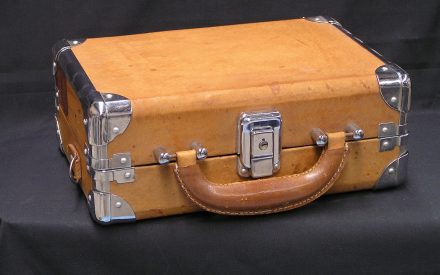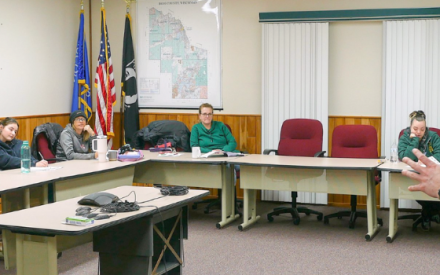(Image Source: Money Knack / Unsplash)
October 2024
Beyond sponsoring little league teams and donating to community causes, local banks provide the credit and financial services that underpin a strong local business scene. When a bank branch closes, communities feel their absence keenly.
A recent study published by the Federal Reserve Board of Governors looked at the effect of bank branch closure on small businesses. The study found that if 25% of the bank branches closed within a roughly three-mile radius of the businesses they studied, employment growth at those small businesses was reduced by 2% within three years of the closures and by 4% within five years. If all of the bank branches within that three-mile radius closed, employment growth was reduced by 16% at the five-year mark.
These findings are worrying because small businesses are more likely to rely heavily on relationships with local bankers. Since 2010, the number of bank branches in the U.S. has decreased by 20%, and approximately one in three commercial banks has shut down. These closures are often correlated with reduced access to credit and financial services in the communities that were served by those branches.
In some instances, closures have resulted in “bank deserts” where there is a complete lack of physical bank branches. A census tract is considered a banking desert if there is no bricks-and-mortar bank branch within 2 miles of its population center in urban areas, 5 miles in suburban areas, and 10 miles in rural areas. A potential desert is a census tract with only one bank branch within these distances.
That brings us to today’s question. Wisconsin has not been immune to bank closures. In 2014, there were 1,132 banking deserts across the U.S., six of which were in Wisconsin. Have banking deserts grown or shrunk in Wisconsin? How many census tracts in Wisconsin were classified as banking deserts in Wisconsin? How many census tracts are potential deserts?
A. 6
B. 15
C. 21
D. 30
E. 56
ANSWERS
Answer: D. According to recent data from the Federal Reserve Board of Governors, roughly 30 Census tracks in Wisconsin – six rural and 24 suburban — are currently classified as banking deserts. Another 56 tracts – 18 rural, 30 suburban, and eight urban — are potential deserts.













